The "up vector" of gluLookAt is just the way the camera is oriented. If you have a camera at a position, looking directly at an object, there is one source of freedom still remaining: rotation. Imagine a camera pointed directly at an object, fixed in place. But, your camera can still rotate, spinning your image. The way OpenGL locks this rotation in place is with the "up vector."
Imagine (0, 0, 0) is directly at your camera. Now, the "up vector" is merely a coordinate around your camera. Once you have the "up vector," though, OpenGL will spin your camera around until directly the top of your camera is facing the coordinate of the "up vector".
If the "up vector" is at (0, 1, 0), then your camera will point normally, as the up vector is directly above the camera, so the top of the camera will be at the top, so your camera is oriented correctly. Move the up vector to (1, 1, 0), though, and in order to point the top of the camera to the "up vector," your camera will need to rotate be 45 degrees, rotating the entire image by 45 degrees.
This answer was not meant as an in-depth tutorial, but rather as a way to grasp the concept of the "up vector," to help better understand the other excellent answers to your question.
